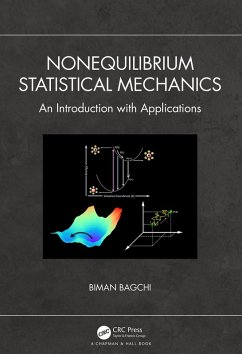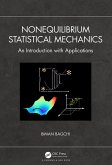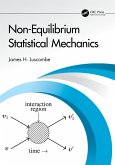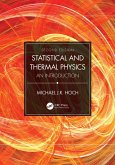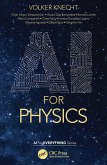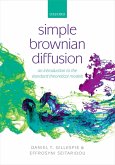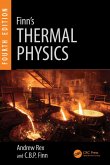One major goal of this book is to develop and present NESM in an organized fashion so that students can appreciate and understand the flow of the subject from postulates to practical uses. This book takes the students on a journey from fundamentals to applications, mostly using simple mathematics, and fundamental concepts. With the advent of computers and computational packages and techniques, a deep intuitive understanding can allow the students to tackle fairly complex problems, like proteins in lipid membranes or solvation of ions in electrolytes used in batteries. The subject is still evolving rapidly, with forays into complex biological events, and materials science.
Nonequilibrium Statistical Mechanics: An Introduction with Applications is, thus, an introductory text that aims to provide students with a background and skill essential to study and understand time-dependent (relaxation) phenomena. It will allow students to calculate transport properties like diffusion and conductivity. The book also teaches the methods to calculate reaction rate on a multi-dimensional energy surface, in another such application.
For a beginner in the field, especially for one with an aim to study chemistry and biology, and also physics, one major difficulty faced is a lack of organization of the available study material. Since NESM is a vast subject with many different theoretical tools, the above poses a problem. This book lays the foundations towards understanding time- dependent phenomena in a simple and systematic fashion. It is accessible to students and researchers who have basic training in physics and mathematics. The book can be used to teach advanced undergraduates. Some involved topics, like the projection operator technique and mode coupling theory, are more suitable for Ph.D. level.
Dieser Download kann aus rechtlichen Gründen nur mit Rechnungsadresse in A, B, BG, CY, CZ, D, DK, EW, E, FIN, F, GR, HR, H, IRL, I, LT, L, LR, M, NL, PL, P, R, S, SLO, SK ausgeliefert werden.

